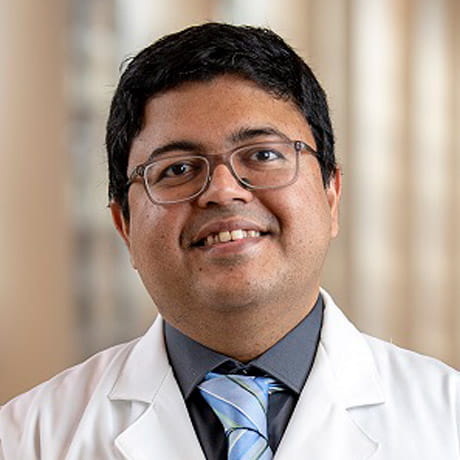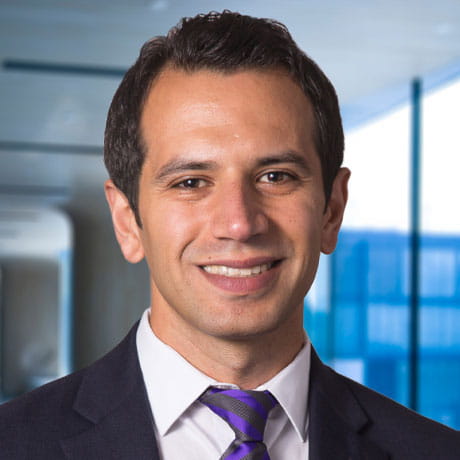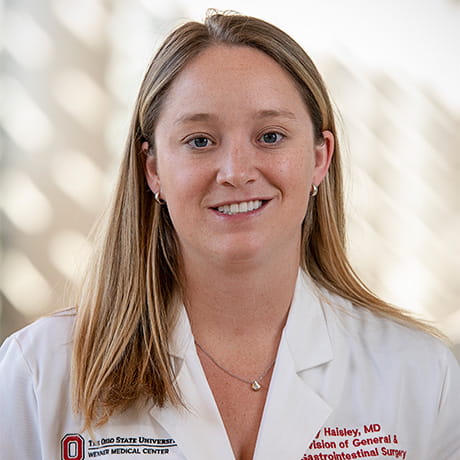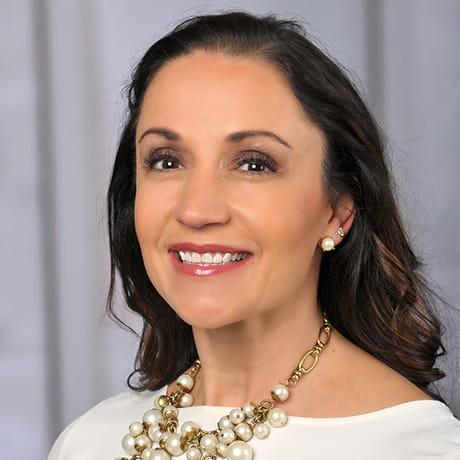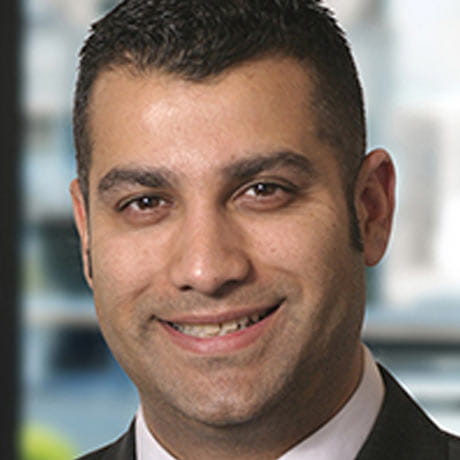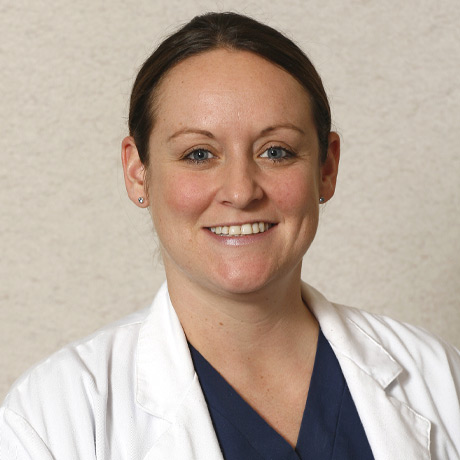What is achalasia?
Achalasia is a rare esophageal disease that prevents the lower esophageal sphincter from relaxing, making it difficult for food and liquids to pass through to the stomach. This often leads to a reduction of the esophagus’s normal muscle activity (peristalsis).
Achalasia Symptoms
Symptoms may include difficult and painful swallowing of both liquids and solids, in addition to:
- Backflow or regurgitation of food
- Chest pain, which may increase after eating or may be felt in the back, neck, and arms
- Coughing
- Heartburn
- Weight loss
Achalasia most commonly occurs in middle-aged or older adults and may also be genetic. Chagas disease, a condition that results from a parasitic infection, or cancer of the esophagus or upper stomach can cause similar symptoms.
Diagnosis
The diagnostic work-up first includes an upper GI barium study, followed by an endoscopy. The diagnosis is then confirmed by measuring the strength of the esophageal muscles (manometry) to demonstrate the lack of relaxation and abnormal wave of contractions characteristic of achalasia.
Other diagnostic tests include:
- Esophagogastroduodenoscopy
- Upper GI X-ray
Achalasia Treatment
Nonsurgical treatment
- Botox injections into the esophagus: This provides temporary relief by relaxing the esophagus muscle.
- Stretching the esophagus through endoscopy (called pneumatic dilation) to permit passage of food through esophagus.
Surgery
- Heller myotomy: This minimally-invasive surgical technique allows surgeons to perform a myotomy through several tiny incisions in the stomach. The surgeon then makes a series of small cuts in the esophagus to relieve pressure.
- POEM (peroral endoscopic myotomy): During this procedure, the physician will insert an endoscope into the mouth and make a small incision in the muscle of the esophagus to help relax the esophagus and allow normal food passage.
Why Ohio State?
- We have a long history of performing minimally invasive procedures and providing a wide range of treatment options.
- Our program was one of the first in the country to perform a POEM (peroral endoscopic myotomy), a procedure now a widely used and highly effective treatment for achalasia.
- We were the first in Ohio to perform a robotic Heller myotomy surgery for treatment of achalasia.


